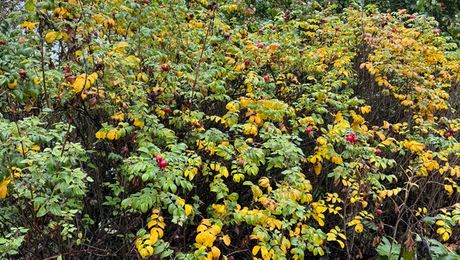

Why do woodpeckers damage my trees, and how do I stop them? -Dorothy Schuster, Brooklyn, New York
Thomas Barnes, wildlife extension specialist for the University of Kentucky in Lexington, responds:
Many of us remember the “ha-ha-ha-HA-ha” cry of the famous television character, Woody Woodpecker. The constant tapping of an acorn woodpecker, which reportedly kept Walter Lantz awake at night, inspired the cartoonist to create this animated creature. While this fictional bird is likable, real woodpeckers can do a lot of damage.
Show those birds who’s bossBecause woodpeckers are protected by federal law, it is illegal to kill them without a permit. There are humane methods of controlling them, but it will often require a good bit of patience and The first step in solving a damage problem is to closely examine the tree for insects or disease. If you find either, treat the tree appropriately. The next step is to keep the birds away from that site by enclosing the area in aluminum flashing, metal, or plastic sheeting. |
There are a number of reasons why woodpeckers tap on trees, depending on the season and the bird species causing the problem. In spring, woodpeckers, like most species, get into the mating business. The birds check out trees that produce different sounds-known as drumming behavior-to attract a mate and to claim their territory. This tapping does not usually cause severe harm to a tree and is often done on dead or dying trees. When the birds get serious about mating, however, they
will excavate a hole to create a nesting cavity, resulting in damage that may lead to further injury from other pests if the cavity is abandoned. After the young have fledged from the nest, these cavities can be used for roosting or sleeping throughout the remainder of the year.
During summer and fall, most woodpecker damage to trees is a result of feeding activity for insects or insect larvae, which means the tree has some disease issues. I have seen an entire tree shredded by the feeding activity of pileated woodpeckers. Other woodpeckers, like the acorn or red-headed woodpecker, create holes to store acorns or other food items to help them get through winter. The small sapsucker woodpecker drills a series of small holes in a line, just deep enough to cause sap to flow, and then feeds on the sap as well as on the insects that are attracted to the sap. Finally, some woodpeckers just tap and hammer to get exercise or because they are bored.
-From Fine Gardening issue #140, page 23
Fine Gardening Recommended Products

A.M. Leonard Deluxe Soil Knife & Leather Sheath Combo
Fine Gardening receives a commission for items purchased through links on this site, including Amazon Associates and other affiliate advertising programs.


















Comments
Log in or create an account to post a comment.
Sign up Log in